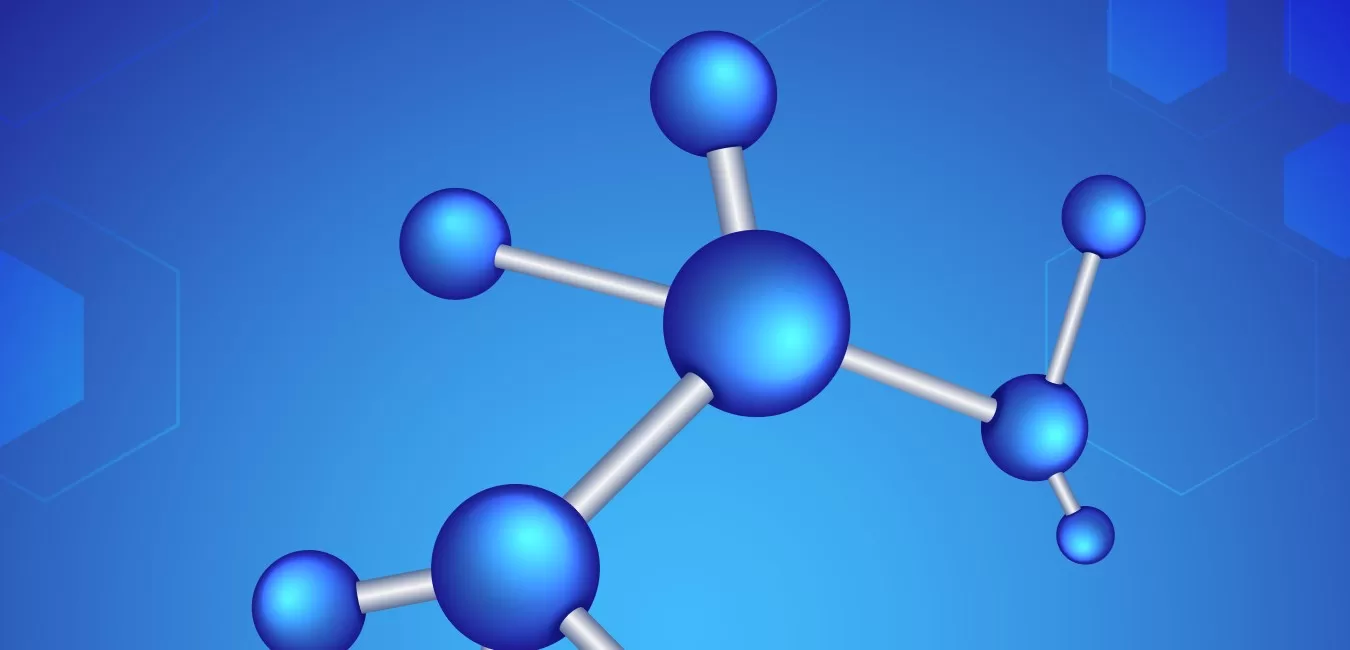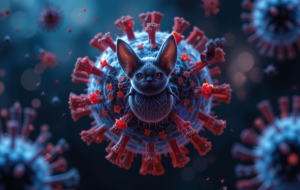Fueling Stem Cell Futures: How Amino Acids Shape Destiny

Fueling Stem Cell Futures: How Amino Acids Shape Destiny
Imagine tiny biological factories, capable of morphing into any cell type the body needs – muscles, neurons, even entire organs. These are pluripotent stem cells, and understanding how they work is key to unlocking a future of regenerative medicine. One intriguing piece of the puzzle? The humble amino acid.
Think of amino acids as the building blocks of proteins, and proteins as the workhorses of every cell. But in the world of pluripotent stem cells, these seemingly simple molecules play a starring role. Scientists are discovering that tweaking amino acid intake can dramatically influence the stem cells’ fate, pushing them towards specific cell types like liver cells or beating heart muscle.
The Amino Acid Orchestra:
It’s not just about having enough amino acids – it’s about the balance. Different combinations trigger different pathways within the stem cell, like conductors leading an orchestra. For example, increasing arginine levels seems to favor the formation of muscle cells, while tinkering with glutamine can nudge stem cells towards becoming neurons.
But it’s not a one-size-fits-all recipe. The optimal amino acid mix depends on the desired cell type, the stem cell source (embryonic vs. adult), and even the specific culture conditions. It’s a delicate dance, and scientists are still fine-tuning the steps.
Beyond the Lab:
This research holds immense promise for the future of medicine. Imagine repairing damaged tissues with stem cells coaxed into becoming the exact cell types needed. Treating neurodegenerative diseases by introducing healthy neurons grown from a patient’s own stem cells. The possibilities are as exciting as they are complex.
The Road Ahead:
Of course, translating lab discoveries into clinical realities takes time and careful research. We need to understand the long-term effects of manipulating amino acid intake, ensure the safety and efficacy of these approaches, and develop efficient ways to deliver the right amino acid cocktails to the right stem cells.
But the potential is undeniable. By deciphering the language of amino acids, we might just unlock the secrets to shaping stem cell destiny, and in turn, shaping the future of human health.






